Search Results for Tag: Obama
“Cheers” to a cool Arctic in 2017
As 2016 draws to an end, the shortest day has passed in the northern hemisphere, and it should normally be a “cool” time of the year, in more ways than one, especially in the Arctic. But with temperatures at a record high, sea ice at a record low and feedback loops springing into action, the Arctic is hotting up – and I wish I could say the same for efforts to halt climate change.
Ice expert Jason Box tweeted this morning:
North pole near or at melting, strange given 24 h darkness there now, cold space aloft… is all about heat inflow from south @PolarPortal pic.twitter.com/r5C4i28vKR
— Jason Box (@climate_ice) December 23, 2016
Meteorologist Scott Sutherland writes on Dec. 22nd:
“(…) North Pole temperatures have climbed to 30oC hotter than normal for this time of year.
(…) Now, in late December, in the darkness of the Arctic winter, air temperatures at the North Pole have actually reached the freezing point, as recorded by weather buoys floating within a few degrees of the pole. As of the morning of Thursday, December 22 (3 a.m. EST), the International Arctic Buoy Programme (IABP), operated out of the University of Washington, recorded temperatures from these buoy up to 0oC or slightly higher.”
“(…) Right now, Arctic sea ice extent is at the lowest level ever recorded.”
Arctic in need of tlc?
It looks like the Arctic is urgently in need of some tlc – or maybe intensive care would be more fitting.
The Arctic Report Card for 2016 recently published by NOAA should have set alarm bells ringing. Based on environmental observations throughout the Arctic, it notes a 3.5 degree C increase since the beginning of the 20th century. The Arctic sea ice minimum extent tied with 2007 for the second lowest value in the satellite record – 33 percent lower than the 1981-2010 average. That sea ice is relatively young and thin compared to the past.
A “shrew”d indicator of Arctic warming
Let me quote what are described as the “Highlights”:
“The average surface air temperature for the year ending September 2016 is by far the highest since 1900, and new monthly record highs were recorded for January, February, October and November 2016.
After only modest changes from 2013-2015, minimum sea ice extent at the end of summer 2016 tied with 2007 for the second lowest in the satellite record, which started in 1979.
Spring snow cover extent in the North American Arctic was the lowest in the satellite record, which started in 1967.
In 37 years of Greenland ice sheet observations, only one year had earlier onset of spring melting than 2016.
The Arctic Ocean is especially prone to ocean acidification, due to water temperatures that are colder than those further south. The short Arctic food chain leaves Arctic marine ecosystems vulnerable to ocean acidification events.
Thawing permafrost releases carbon into the atmosphere, whereas greening tundra absorbs atmospheric carbon. Overall, tundra is presently releasing net carbon into the atmosphere.
Small Arctic mammals, such as shrews, and their parasites, serve as indicators for present and historical environmental variability. Newly acquired parasites indicate northward shifts of sub-Arctic species and increases in Arctic biodiversity. “
Getting the message across
The NOAA website sums it up in a video, saying:
“…Rapid and unprecedented rates of change mean that the Arctic today is home to and a cause for a global suite of trillion dollar impacts ranging from global trade, increased or impeded access to land and ocean resources, changing ecosystems and fisheries, upheaval in subsistence resources, damaged infrastructure due to fragile coastlines, permafrost melt and sea level rise, and national security concerns.
In summary, new observations indicate that the entire, interconnected Arctic environmental system is continuing to be influenced by long-term upward trends in global carbon dioxide and air temperatures, modulated by regional and seasonal variability.”
Margaret Williams, the managing director for WWF’s US Arctic programme had this to say:
“We are witnessing changes in the Arctic that will impact generations to come. Warmer temperatures and dwindling sea ice not only threaten the future of Arctic wildlife, but also its local cultures and communities. These changes are impacting our entire planet, causing weather patterns to shift and sea levels to rise. Americans from California to Virginia will come to realize the Arctic’s importance in their daily lives.
“The science cannot be clearer. The Arctic is dramatically changing and the culprit is our growing carbon emissions. The report card is a red flashing light, and now the way forward is to turn away from fossil fuels and embrace clean energy solutions. Protecting the future of the top of the world requires us to reduce emissions all around it.”
Sack the teacher, kill the messenger?
That was her response to the Arctic Report Card. In my school days, the report card was a business to be taken seriously. A bad report meant you were in trouble and would have to smarten up your act or you would be in big trouble with mum and dad.
The question is – who gets the report, and who has to smarten up their act?
This one should make the governments of this world speed up action on mitigating climate change and getting ready for the impacts we will not be able to halt.
Then again, they could just try to get rid of the messengers who come up with the bad news. If your kid’s report card is bad, do you try to improve his performance – or get rid of the teacher who came up with the negative assessment – based on collected data?
I am concerned that the administration in the wings of the US political stage could be more likely to do the latter. As I wrote in the last Ice Blog post, the new Trump administration is threatening to cut funding for climate research. The proposed new Cabinet is well stocked with climate skeptics.
Concern about research
Financial support for the Arctic Report Card is provided by the Arctic Research Program in the NOAA Climate Program Office. Its preparation was directed by a “US inter-agency editorial team of representatives from the NOAA Pacific marine Environmental Laboratory, NOAA Arctic Resarch Program and the US Army Corps of Engineers, Cold Regions Research and Engineering laboratory.
Yereth Rosen, writing for Alaska Dispatch News, quotes Jeremy Mathis, the director of NOAA’S Arctic research program and one of the editors of the report card.
“The report card this year clearly shows a stronger and more pronounced signal of persistent warming than in any previous year in our observational record”.
“We hope going into the future that our scientists and researchers still have the opportunity to contribute and make possible the summary that we’re able to present. So we have every intention of continuing to publish the Arctic Report Card as we have in the past and pulling together the resources and the right people that allow us to do that”.
Livid and acrimonious
The debate over President Obama’s announcement that he was making a vast area of the Arctic Ocean off-limits to drilling for oil or gas, shows the dilemma of our times – and .. which could influence the living conditions on our planet for generations to come.
Erica Martinson, writing for the Alaska Dispatch News, provides interesting insights into the debate for those of us who do not live in Alaska.
She quotes Alaska’s Republican Congressman Don Young, saying he used “livid language” in his response. Obama’s move means “locking away our resources and wuffocating our already weakened economy”. He goes on “Alaska is not and shuld not be used as the poster child for a pandering environmental agenda”.
Ooh. Livid indeed.
She also quotes Republican Senator Dan Sullivan as describing the move as “one final Christmas gift to coastal environmental elites”. So would those be the indigenous communities being forced to relocate because climate changes are destroying their homes, Senator?
The administration, on the other hand, says it is protecting the region from the risk of a catastrophic oil spill, Martinson writes.
It seems to me that Obama’s parting gift goes rather to the “Alaska Native communities of the North Slope” who “depend largely on the natural environment, especially the marine environment, for food and materials”, and to the many endangered and protected species in the area, “including bowhead and fin whales, Pacific walrus, polar bear and others”.
What about the Paris Agreement?
But as well as that regional aspect, the decision not to open up new regions to drilling for oil and gas is in line with the global need to cut fossil fuel emissions to halt the warming of the world.
Jamie Rappaport Clark, CEO of “Defenders of Widife”, puts it:
“It marks the important recognition that we cannot achieve the nation’s climate-change goals if we continue to expand oil and gas development into new, protine environments like the Arctic and Atlantic Oceans”.
This is not just about Alaska, not just about the Arctic, but the future of the planet as a whole.
The World Meteorological Organization (WMO) says 2016 is on track to be the hottest year on record. According to UN estimates, the global temperature in 2016 was 14.88 degrees C – 1.2 degrees higher than before the industrial revolution began in the mid-19th century.
In an article for the New York Times on December 22, Henry Fountain and John Schwartz quote NOAA’s Arctic Research Program director Jeremy Mathis.
“Warming effects in the Arctic have had a cascading effect through the environment” “We need people to know and understand that the Arctic is going to have an impact on their lives no matter where they live”. That includes the oil-industry-friendly and climate skeptical team that is set to enter the White House in the New Year,
So when I propose a toast to a cool Arctic in 2017, I am not just thinking of my friends in the high north. For all our sakes, we have to kick our fossil fuel habits, save energy and cut the emissions which keep the giant refrigerator that helps make our world a viable place to live well chilled.
Trudeau and Obama’s Arctic Endeavours

Obama and Trudeau want to protect the Arctic against climate change and harmful development (Pic: I.Quaile
Sometimes there are pleasant surprises to end the week. An announcement by the US and Canadian leaders that they are joining forces to take measures to protect the Arctic would come into that category.
Given the US role as a top emitter and Canada’s extremely negative position on climate action under the old Harper government, this seems to me a very important announcement. Obama, unfortunately, is on his way out. Trudeau, we know, has just come in.
I was interviewing Frida Bengtsson from Greenpeace on the phone this morning about a campaign to keep industrial fishing out of the Arctic. I asked her how she judged the announcement. This was her response:
“I think it shows some good, clear leadership on Arctic protection. Now it’s up to the implementation. We’re hoping they will set the bar really high on protection and that fishing will be included and that areas of the Arctic will be off limits to any industrial activity, including oil and gas.”
As always, the proof of the pudding is in the eating.
In the background, the two countries have pledged to sign the Paris climate deal “as soon as feasible”. Hm. That sounds a little wishy-washy to me. But they also say they want to improve cooperation on energy issues. If it means cutting emissions rather than building something like the Keystone XL crude oil pipeline to bring heavy Canadian oil to the US, it’s extremely good news for the climate. Obama rejected the project last year. It was promoted by Trudeau’s predecessor, Stephen Harper.
Canada and the USA have now committed to cut emissions of methane by 40 to 50 percent below 2012 levels by 2025. Given that methane is around 20 times more powerful than CO2 as a greenhouse gas, that is an important step. The oil and gas industry is the single largest source of methane emissions in the US and globally. Obama and Trudeau also announced they plan steps to fight climate change in the Arctic, and to speed development of green technologies.
The US Environmental Protection Agency, EPA is to start developing regulations for methane emissions from existing oil and gas sources immediately and “move as expeditiously as possible to complete this process”. Obama has made extensive use of the EPA during his time in office, in his attempt to combat opposition to his pro-environment and climate moves from Republicans.
Last month the US Supreme Court ruled to delay the implementation of Obama’s Clean Power Plan to fight emissions from power plants. But the President says the plan to cut methane emissions is on secure legal grounds.
In the Arctic, the countries agreed to set standards on shipping, fishing and oil and gas exploration and development, and to base decisions on scientific evidence. Development is only to occur “when the highest safety and environmental standards are met”.
In the Washington Post, mark Brownstein, vice president of climate and energy at the Environmental Defense Fund, said the proposed cut in methane emissions would be like “closing a third of the world’s coal plants”.
“This is arguably the single biggest, most impactful, most immediate thing we can do to slow the rate of warming right now”, Brownstein said.
Obama and Trudeau pledged to safeguard the Arctic with initiatives to protect more than 10 percent of the marine areas, designate shipping corridors with low environmental impact, and establish new offshore oil and gas leasing plans.
Clearly, both governments are recognizing the Arctic as a priority. Of course full Arctic protection requires action by other Arctic nations, like Russia, Denmark and Norway.
Increasing industrial activity in the Arctic brings an increased risk of potential collisions, oil spills, pollution, black carbon and underwater noise to disturb wildlife.
This joint announcement is a clear demonstration of how much political leadership can do when it comes to climate issues,and just how important is to have people in power who understand what drives climate change and why it is dangerous, and are willing to commit to climate action in the face of opposition from fossil-fuel-based industries, demonstrating at the same time that climate protection is actually good for the economy.
I interviewed Alexander Ochs, Senior Director for Climate and Energy at the Worldwatch Institute recently about implementing the Paris Agreement and the “Energiewende”, the transition to renewable energy. We also discussed the US position on climate.
“If we talk about the US, there is not one US player. Unlike many other countries where there is a consensus across parties, across people of different ideologies, that does not exist in the US, it’s a highly partisan issue. Candidates for presidency and US congress take positions almost exactly along party lines.”
Clearly, the result of the US presidential election will have major implications for climate action.
“The results of the elections on the federal level, as well as their impact on international cooperation on climate and energy, will be very dramatic. Having said that, even under Republican leadership, – which would have dramatic impacts – there will be many actors in the United States that will continue their action on the ground. Whether it’s municipalities or cities –more than a thousand mayors are supporting the Kyoto goals for example, widely unnoticed by Europeans – or on the state level, or individuals. So you do see a lot of things happening on the ground in the United States, so it’s often unfair to these people if we reduce the US to the presidency.”
That is an encouraging thought. Leadership is essential. But so, too, is action from the bottom up.
Obama stops oil in Arctic Wildlife Reserve
Back in Germany after spending a week and a half on the RV Helmer Hanssen off the coast of Spitsbergen, and then in Norway’s Arctic capital Tromso at Arctic Frontiers, I thought I might be in for a shock on my return to warmer climes and a news agenda focusing on stories non-Arctic. Instead, I found some continuity both in the weather and the media. A heavy fall of snow here kept the Arctic feeling alive, while a twitter of messages on Sunday carried on the lively debate that was happening at Arctic Frontiers over the pros and cons of oil drilling in the Arctic.
The Washington Post broke the story about President Obama proposing new wilderness protection in the Arctic National Wildlife Refuge (ANWR). “Alaska Republicans declare war” was the second part of the headline. Clearly, emotions are running high.
The Obama administration is proposing setting aside more than 12 million acres of the Arctic National Wildlife Refuge in Alaska as wilderness. This stops – at least for the moment – any prospect of oil exploration in an area which has long been the subject of controversy between those who say environment protection should be the number one priority and those who say finding oil is more important.
“Alaska’s National Wildlife Refuge is an incredible place – pristine, undisturbed. It supports caribou and polar bears, all manner of marine life, countless species of birds and fish, and for centuries it supported many Alaska Native communities. But it’s very fragile”, the President says in a White House video about the proposals.
It seems this is only the first of a series of decisions to be made by the Interior Department relating to the state’s oil and gas production during the coming week. The Washington Post says the department will also put part of the Arctic Ocean off limits to drilling, and is considering whether to impose additional limits on oil and gas production in parts of the National Petroleum Reserve in Alaska.
Only the US Congress can actually create a wilderness area, but once the federal government has designated a place for that status, it receives the highest level of protection until Congress acts. “The move marks the latest instance of Obama’s aggressive use of executive authority to advance his top policy priorities”, writes Juliet Eilperin in the Washington Post.
The ANWR holds considerable reserves of petroleum, but is also a critical habitat for Arctic wildlife. Senator Lisa Murkowski from Alaska is the new chairman of the Senate Energy and Natural Resources Committee. Unsurprisingly, she is set to fight the Obama decision. The Governor of Alaska, Bill Walker, issued a statement saying he might have to accelerate giving permits for oil and gas on state lands to compensate for the new federal restrictions.
Can the fate of an area of such key ecological importance really be reduced to a good to be bargained for in a political tit-for-tat?
Conservation groups were over the moon about the Obama move. “Some places are simply too special to drill, and we are thrilled that a federal agency has acknowledged that the refuge merits wilderness protection”, said a statement from Jamie Williams, president of the Wilderness Society.
But apart from the danger of an oil spill and the threat to the habitat of Arctic species, we have to come back to that Tromso conference theme of Climate and Energy. The Arctic is being hit at least twice as fast as the global average by climate change. The ecosystem is already under huge pressure. The Arctic itself is of key importance to global weather patterns. And burning more oil would exacerbate the situation even further. I am reminded of the argument put forward by Jens Ulltveit-Moe, the CEO of Umoe, himself a former oil industry executive. Apart from the fact that the current low oil price means the Arctic oil hunt is too expensive, if the world is serious about emission cuts to halt climate warming, there is no need for and will be no demand for oil from the Arctic in coming decades.
That is something to be kept in mind as the debate in the USA continues over that precious piece of land and sea that is the ANWR.



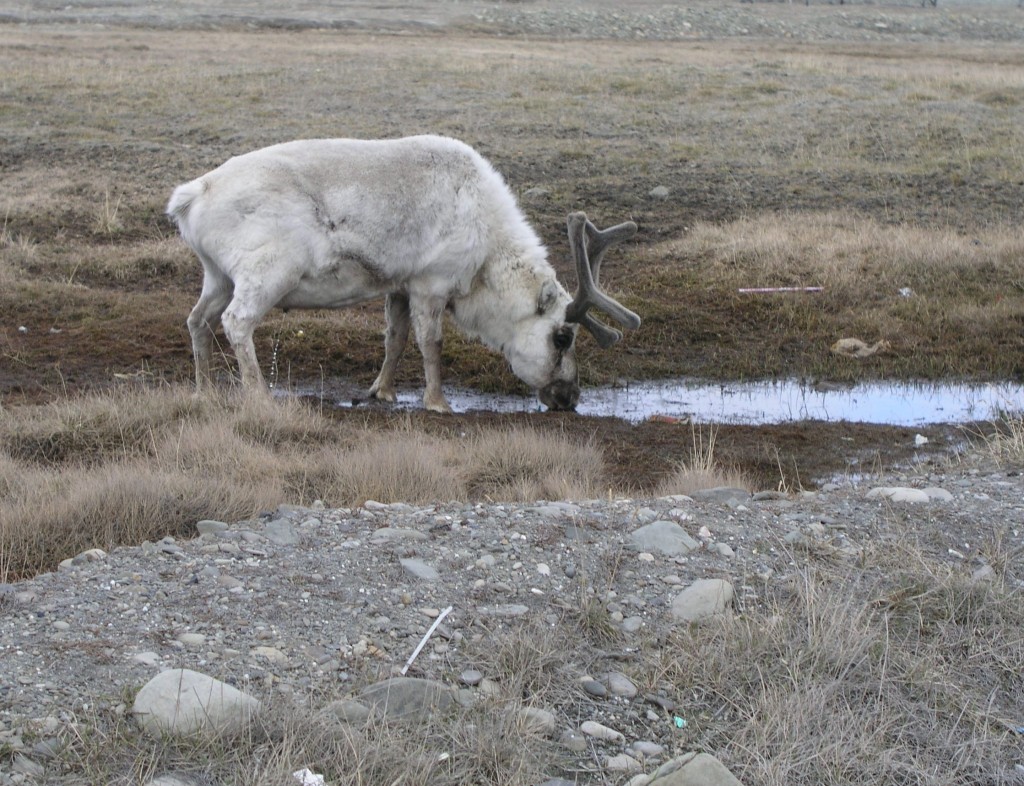
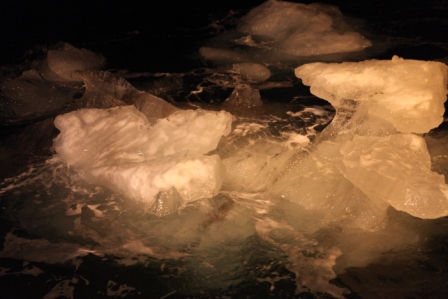
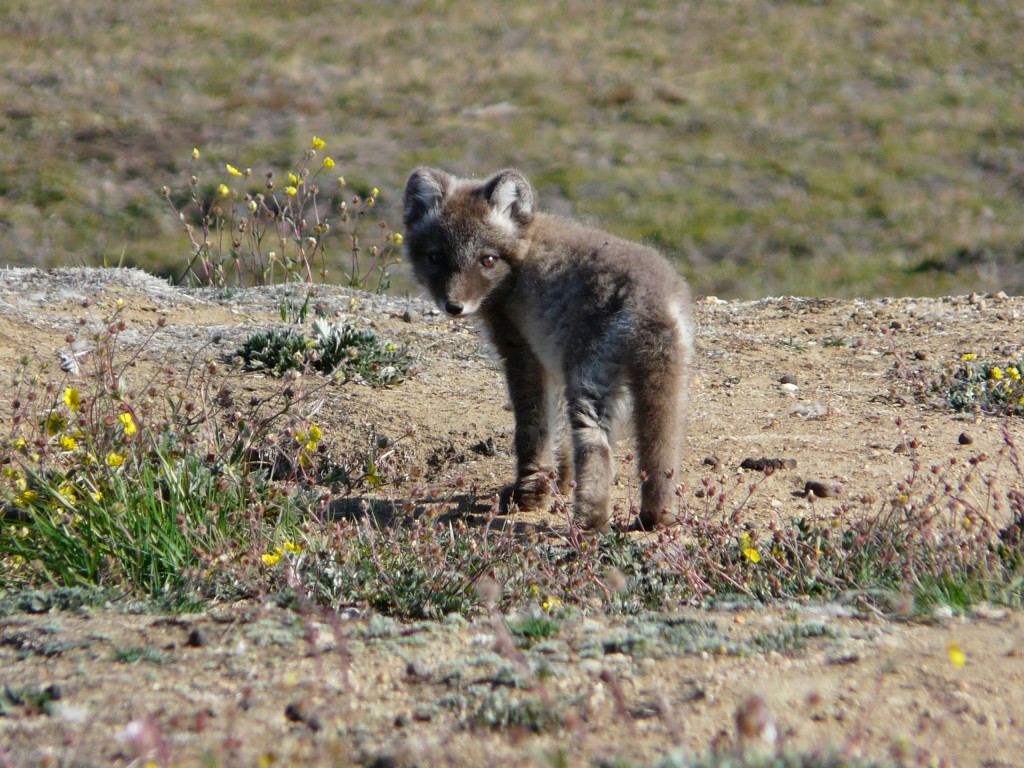
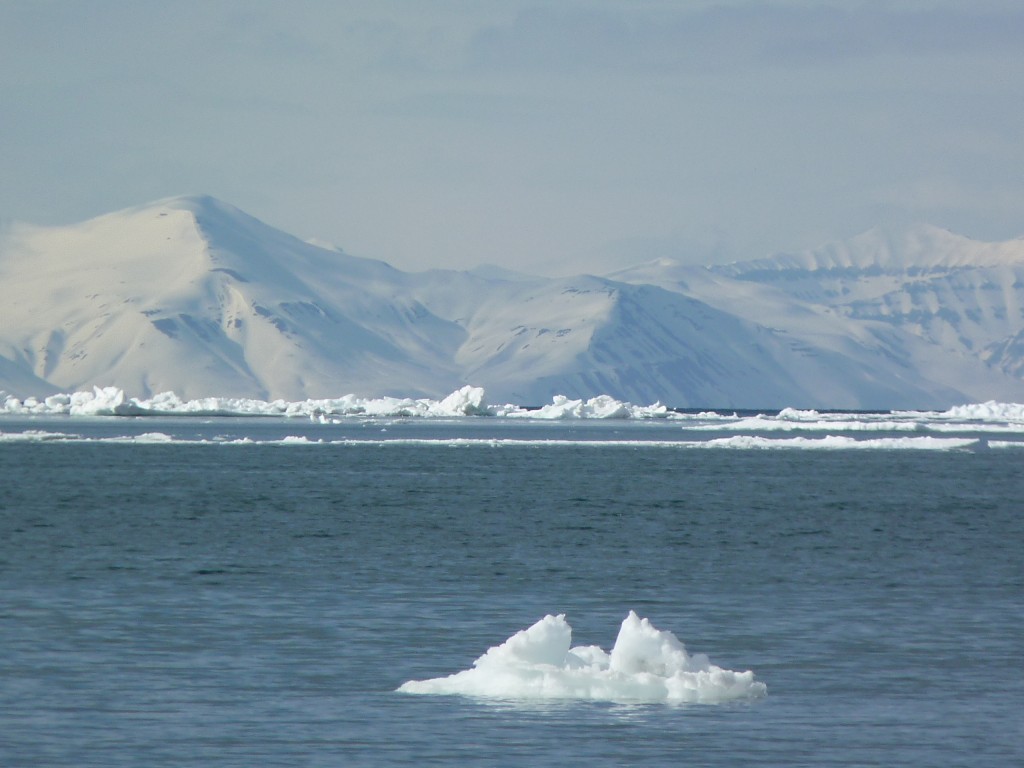
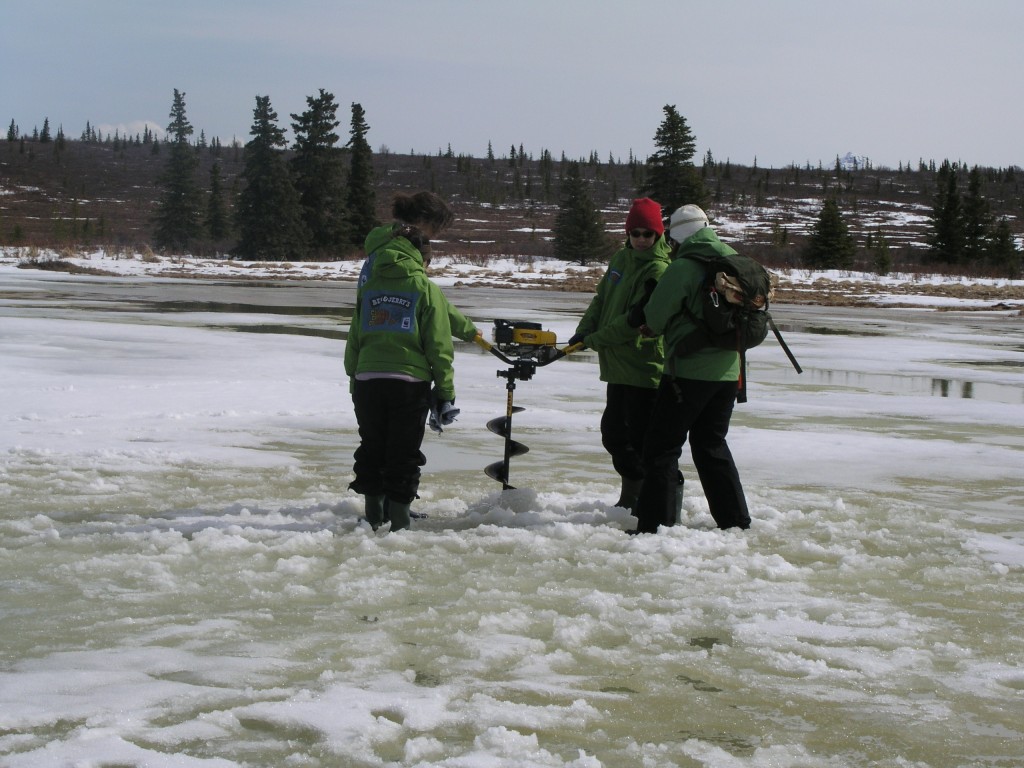
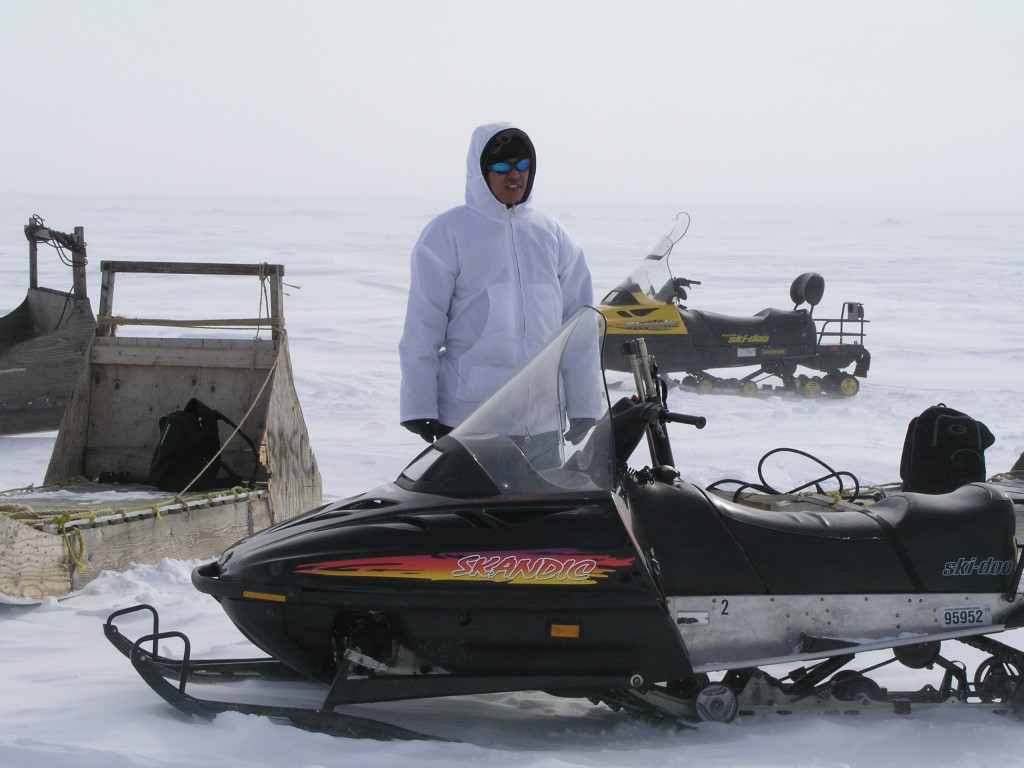
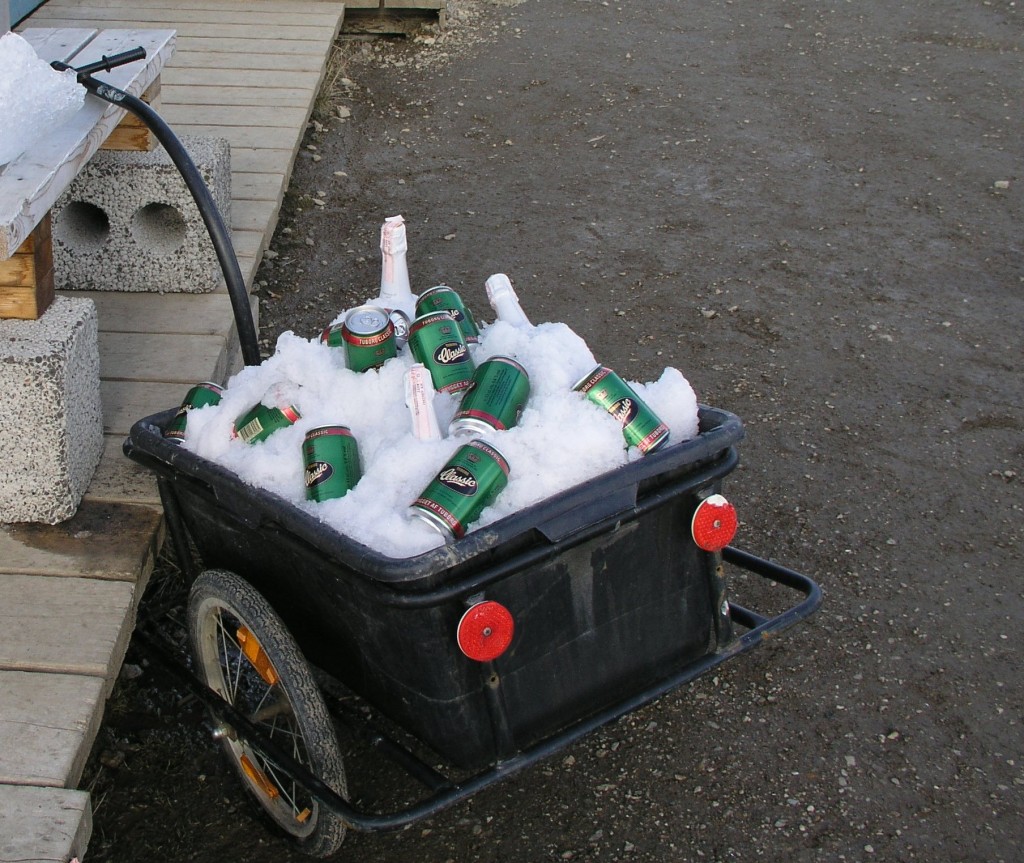

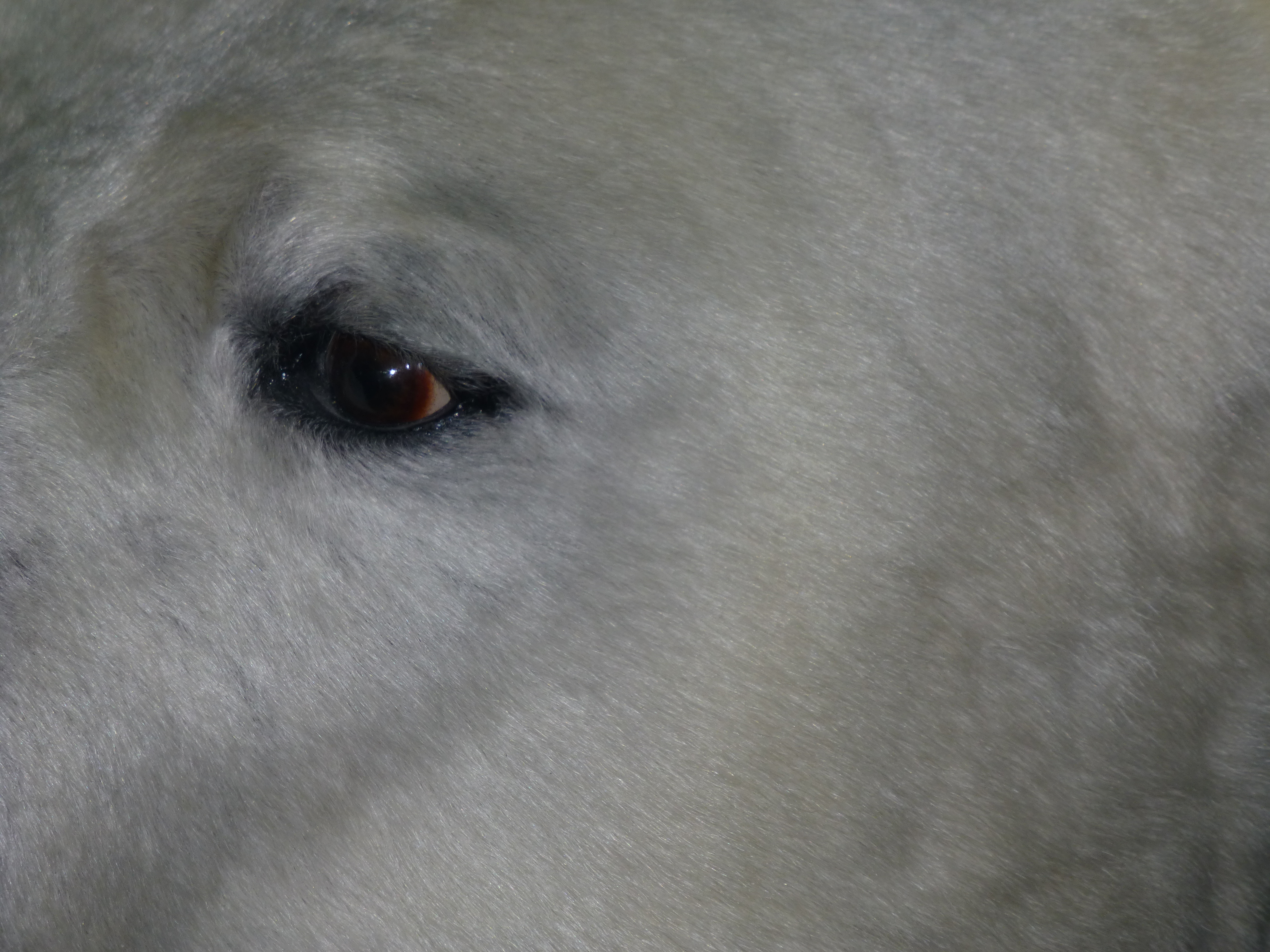

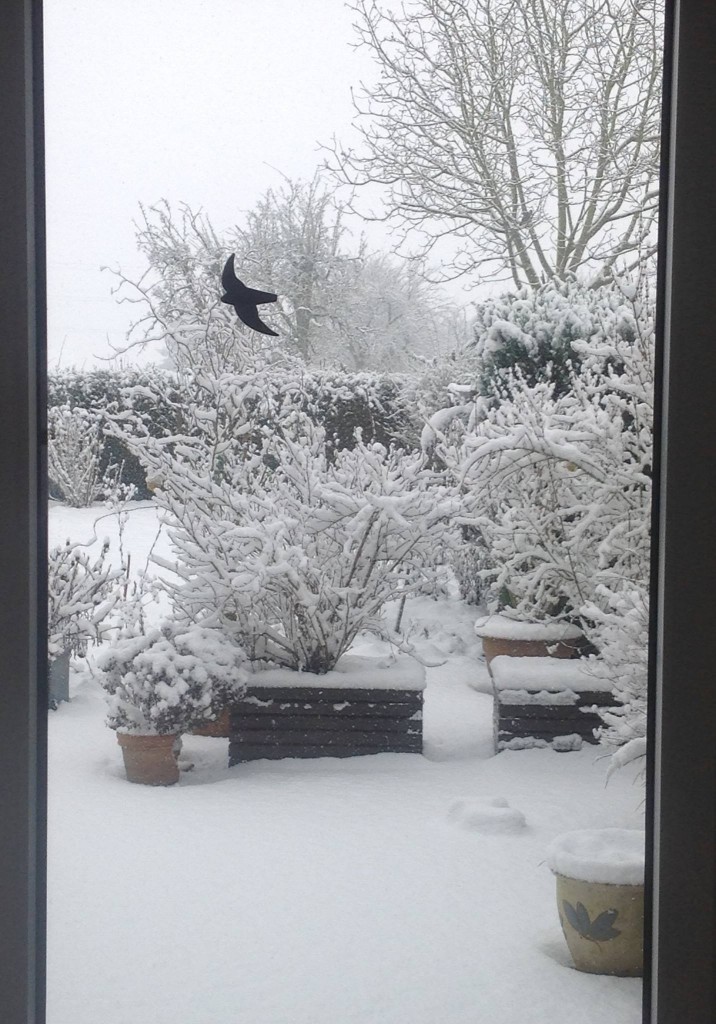














Feedback